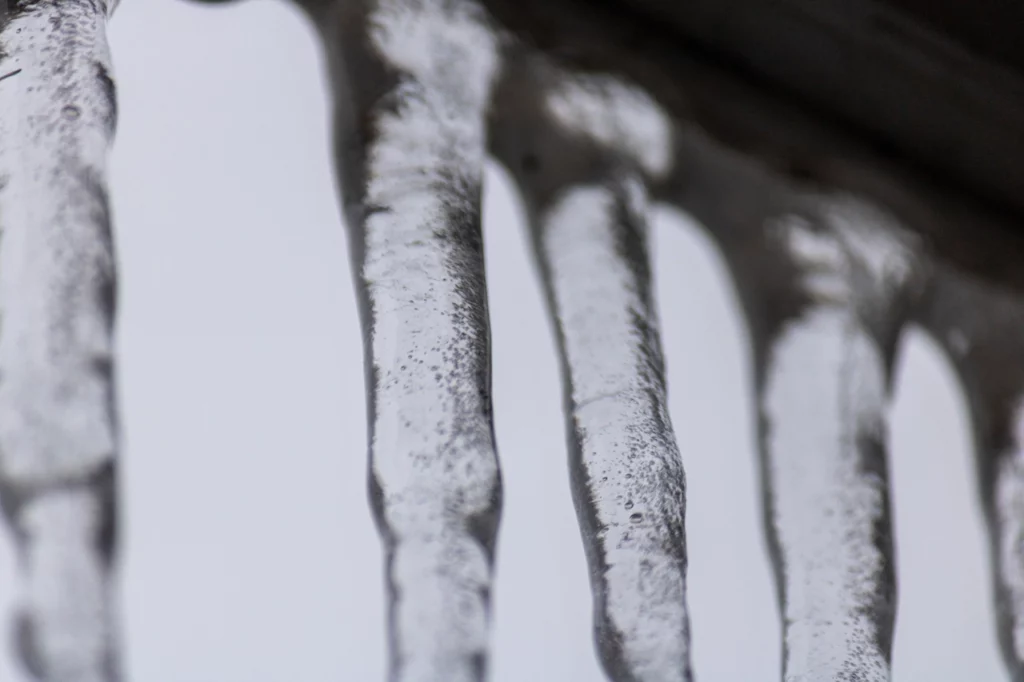4 STEPS TO FOLLOW AFTER THE STORM HITS
Your heart sinks and your mind races after a storm hits and damages your home. What should you do? Can you fix anything yourself? Should you start calling contractors? Help!
Below are the basics of homeowners insurance and storm damage.
Step One: Assess the Damage, Take Photos
After the storm has passed and it’s safe to venture outside, grab your camera or smartphone and start taking pictures and capturing video. Remember: Be safe. Downed power lines and high water can be deadly, and it’s not worth risking your life for photos that can be taken at a later, safer time.
Step Two: Stop the Bleeding
If water and wind are getting into your home, don’t stand around waiting for help. You can make temporary repairs. For example, cover broken windows with plywood or a tarp.
Step Three: Save Receipts, Stay Organized
Paperwork is crucial in the world of homeowners insurance. Staying organized now can alleviate headaches and problems later. Make sure to save receipts — they are likely to be reimbursable.
Step Four: Call Your Insurance Company Soon and Often
Get in touch with your insurance company by calling the claims department, you can simply google your insurance company’s name add claims to the search, and find the correct department to call. It’s important to stay in contact to avoid possible scams. Disreputable contractors may show up unannounced at your doorstep promising to fix things, use caution. However, there are many great contractors, make sure you hire a reputable one. “Have a conversation with your insurer before any work is done. Most of the time your insurer will tell you who’s showing up and when such as the adjuster. Get everything you can in writing.” Be aware of these scams and report suspicious activity to National Insurance Crime Bureau, NICB.org. A good contractor can help guide you through the process.
What Is and Isn’t Covered
Your homeowner’s insurance policy will cover three areas: Weather damage (hail, wind, fire, snow, etc.), non-weather events (theft, vandalism, etc.), and sudden/accidental events (water pipe breaks). Acts of God are covered. But there are exceptions. The biggest exception is flood damage. Across the board, regardless of carrier, flood damage is not covered. No homeowner’s policy covers you for a flood. If you are interested in flood coverage, visit the national flood insurance program, FloodSmart.Gov.
Do Your Homework to Make Your Home Work
Homeowners insurance doesn’t need to be scary and complicated. Understanding the basics of your policy and knowing what to do after your home is damaged can make the recovery far less painful.





